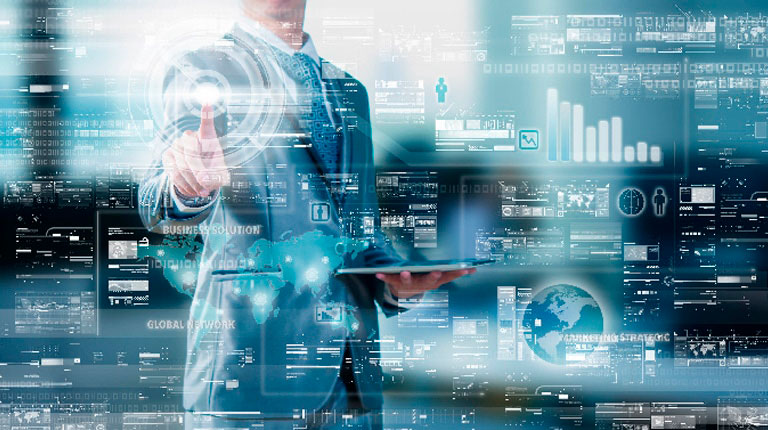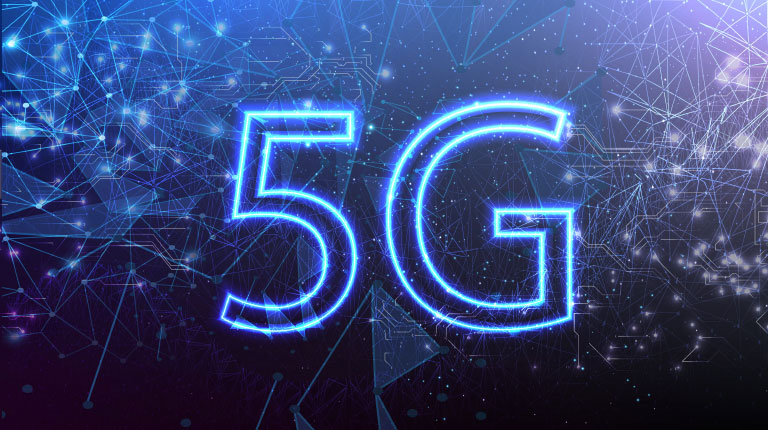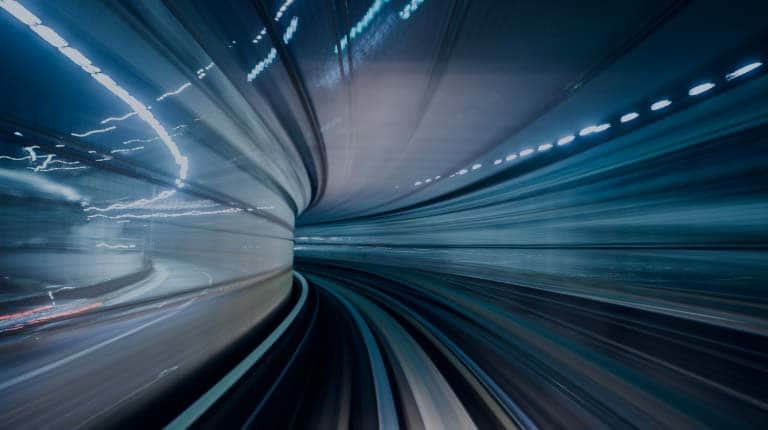As Communications Service Providers (CSPs) worldwide scale up the deployments of their 5G networks, they face strong pressure to optimize their Return on Investment (RoI), given the massive expenses they already incurred to acquire spectrum as well as the ongoing costs of infrastructure rollouts.

Big Data, IoT and the Enterprise Central Nervous System
Perhaps one of the most discussed topics today is Internet of Things (IoT) and each time this topic comes up, the scope and extent of what it encompasses seems to increase. Another term that comes up in relation to IoT is Big Data Analytics. Big Data Analytics is as extensive a concept as IoT, and when the two are discussed in the same breath, audiences are often left, let’s say, a little overwhelmed.
I recently came across a question in an article on whether IoT and Big Data Analytics are the same. Obviously, they are not, but it’s interesting to explore how they are connected and what could lead someone to this conclusion.
Firstly, these are both (over)hyped concepts that corral many disparate ideas and approaches, some of which have been around for some time, under a single, “easy-to-hype” nomenclature. Hey, I am in marketing; I get that.
But, what is more interesting is that both of these concepts are part of a larger trend driven by a desire for greater insight and control; the insight to understand what is happening and thereby the basis for controlling the situation.
IoT can be considered as the widespread deployment of sensors providing specific data for analysis. These provide “visibility” as the sensors provide the data we need to understand what is going on. However, “insight” is first attained when we analyze the data and draw conclusions.
This is where Big Data Analytics comes in. Data analytics, in general, is the process of analyzing data and providing conclusions or insights. Big Data Analytics is data analytics performed on very large datasets, often in real-time and often on both structured and un-structured data. With IoT expected to result in between 20 million and 50 million devices within a few short years, it is not hard to anticipate the need for Big Data Analytics in extracting insight and value from all of this data.
With this insight, there is a basis for control, which is the ultimate goal. It is a fundamental human desire to be in control of our surroundings or at the very least, to believe we are in control. IoT with Big Data Analytics provides the tools to satisfy this desire. This is not just a technical desire, but also a commercial desire for control. There is a need to control costs, to optimize efficiencies, to maximize returns and to constantly improve.
It is therefore no stretch of the imagination to consider IoT and Big Data Analytics as forming the central nervous system of any enterprise of the future enabling immediate response to changes in the environment. Is it any wonder then, that the next generation of Big Data Analytics and IoT devices will be based on cognitive computing and machine learning principles derived from study of the human brain?
In this regard, the increased use of machine-based analytics and automatic response will give rise to an interesting paradox; in order to gain more efficient insight and control, we will have ceded control to autonomous systems! Indeed, the concern over the lack of future control has already begun. Just take a look at the recent article and report by Gartner entitled “Smarter Machines Will Challenge the Human Desire for Control.”
So, based on this larger context IoT and Big Data Analytics are not the same, but are both inextricably linked in addressing the larger need for insight and control in establishing the central nervous systems of future enterprises.
Another element in this is the potential to extract valuable data, efficiently, as and when needed. Organizations are in a scramble to convert valuable data into information that can support faster decisions because having the right information at the right time is what assures enterprises a competitive position at the forefront of growth.
This is all well and good, but what does it mean for companies like Napatech and our customers? Where do we fit into all of this? It’s our job to ensure that the signals from the sensors are delivered reliably, safely and efficiently. In other words, to make sure that there are no missing signals, no false signals and, most importantly, that “sensory overload” does not occur!
With data speeds and volumes already growing at exponential rates, the emergence of IoT ensures that this growth rate will only continue. However, as we already see applications struggling today to cope with the volumes of data delivered, it is imperative that we think of new ways to deliver, process and analyze data that are more efficient and, not least, secure. This is where Smarter Data Delivery solutions can help.
I am talking about solutions that are not just about enabling real-time analysis, but also more efficient and safer analysis based on the principle of analyzing only what you need to, when you need to. They are also about triggering closer examination of suspect data before it is delivered onwards. Above all, Smarter Data Delivery should provide the freedom and flexibility to decide how and when you want your data delivered for analysis.
This last point is important, as there are a number of different strategies for coping with the data volumes that need to be analyzed. One strategy is to establish data lakes where all data from all sensors is gathered in one location and provided to all applications that have a need to access this data, be it analytics applications or front-line sales information systems. Other strategies seek to minimize the amount of data collected centrally through various data reduction methods and by incorporating delegation of control so that autonomous decisions can be made closer to the point of data collection.
Smarter Data Delivery solutions should be flexible enough to adapt to both of these strategies even after deployment. Today, an enterprise might choose a data lake approach. Tomorrow, they might be forced to decentralize data and control. The solution of choice should therefore, be flexible enough, or at least be configurable enough, to accommodate both.
Smarter Data Delivery solutions will thus be an intrinsic part of assuring that IoT and Big Data Analytics function as expected. But, whereas the human nervous system is now well established, the enterprise nervous system is just evolving and we will need to be flexible in adapting to this evolution with Smarter Data Delivery solutions.
For more insights on IoT, check out Internet Of Things (IoT) Predictions From Forrester, Machina Research, WEF, Gartner, IDC. According to Dell OEM, its the the one article to read about IoT.
How to enter the era of 100G? Read our blog post about Smarter Data Delivivery.


